Blogs & News
We are focus on automotive wiring harness & connectors technology.
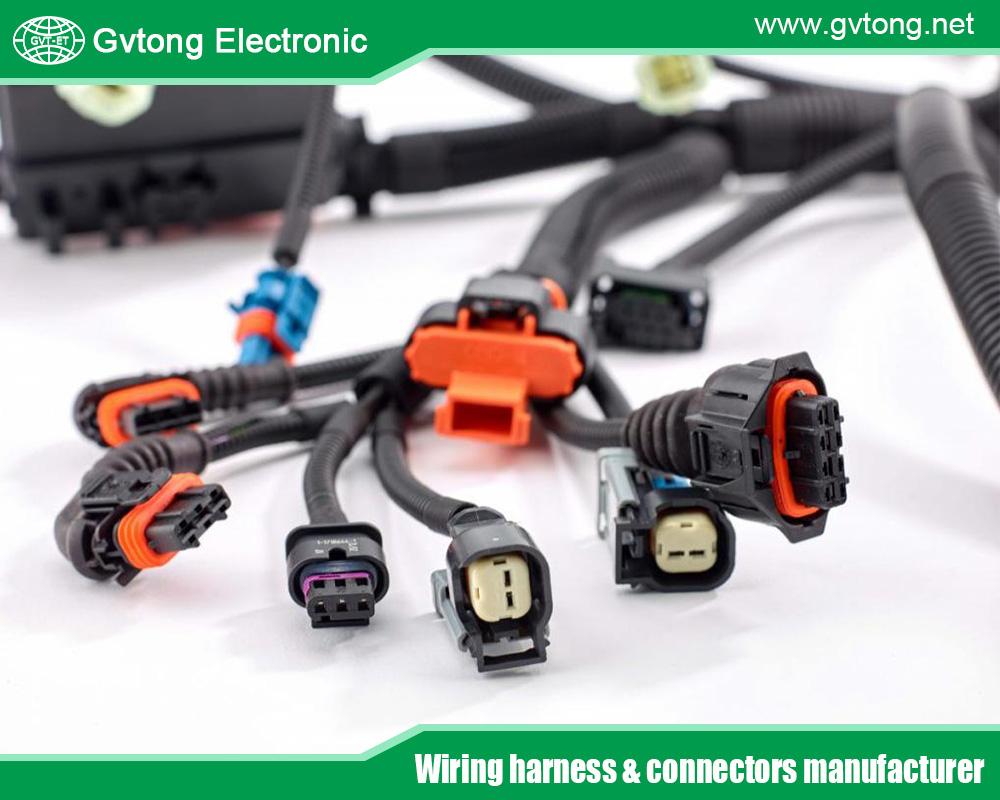
What is the Typical Range of Rated Current for Automotive High Current Connectors?
- Gvtong Electronic
- 12 volt automotive wire connectors, 2p 32p Automotive Connector Terminal Crimping, adas automotive connector, ADAS automotive connectors, ADAS automotive connectors manufacturer, ADAS automotive connectors supplier, Anti-vibration automotive connectors, Automated assembly connectors Cost-effective automotive connectors, Automotive Camera Connectors, automotive connector, Automotive Connector and Cable Products, automotive connector companies, Automotive Connector Factory, automotive connector manufacturer, automotive connector manufacturers, automotive connector market, Automotive Connector Supplier, automotive connector suppliers, Automotive Current Connector, automotive electrical connector manufacturers, automotive electrical connectors manufacturers, automotive electrical distribution systems, Automotive High Current Connector, Automotive High Current Connector Manufacturer, Automotive High Current Connector Supplier, Automotive High Current Connectors Brands, automotive miniaturized coaxial connector, automotive multi pin connectors, automotive pressure connectors, automotive waterproof wire connectors, battery management system automotive connector, high current connectors automotive, high voltage connectors automotive, hybrid connectors automotive, modular connectors automotive, oem automotive connectors
- No Comments
What is the Typical Range of Rated Current for Automotive High Current Connectors?
The electrification of the automotive industry has accelerated the development of high current connectors, essential components that enable the safe and efficient transfer of electrical power in battery electric vehicles (BEVs), plug-in hybrids (PHEVs), and other electrified systems. These connectors are designed to handle substantial currents, often exceeding 100A, to support high-power applications such as battery charging, motor drives, and power distribution. Unlike low-current connectors used for signals or auxiliary systems, high current variants must withstand thermal stresses, mechanical vibrations, and environmental exposures typical in automotive environments, including temperatures from -40°C to +125°C and exposure to moisture or contaminants.
Rated current, defined as the maximum continuous current a connector can carry without exceeding specified temperature rises (typically 50K above ambient), is a core performance indicator. It directly influences system efficiency, as higher currents reduce charging times and enhance vehicle performance, but they also demand robust materials like copper alloys with silver plating to minimize resistance and heat. Industry standards such as SAE J1742 for high-voltage wiring and USCAR-37 for connector performance guide these ratings, ensuring compliance with safety norms like ISO 6469 for electrically propelled vehicles.
The typical range of rated current for automotive high current connectors spans from approximately 100A to 3000A, varying based on application and vehicle type. For instance, passenger BEVs often use connectors rated up to 500A for DC fast charging, while heavy-duty commercial vehicles may require up to 3000A under emerging standards like the Megawatt Charging System (MCS). This range reflects the diverse power needs: passenger cars prioritize compact, cost-effective designs for 400-800V systems, whereas heavy-duty vehicles demand megawatt-level power for large batteries exceeding 500kWh.Understanding these ranges and differences is crucial for engineers, manufacturers, and fleet operators. As global EV adoption surges—projected to reach 230 million vehicles by 2030 per the International Energy Agency—the selection of appropriate rated currents ensures reliability, reduces downtime, and supports sustainable mobility. This article delves into the typical rated current ranges, explores selection requirements, and highlights differences between vehicle types, drawing from industry standards and manufacturer data to provide a comprehensive overview.
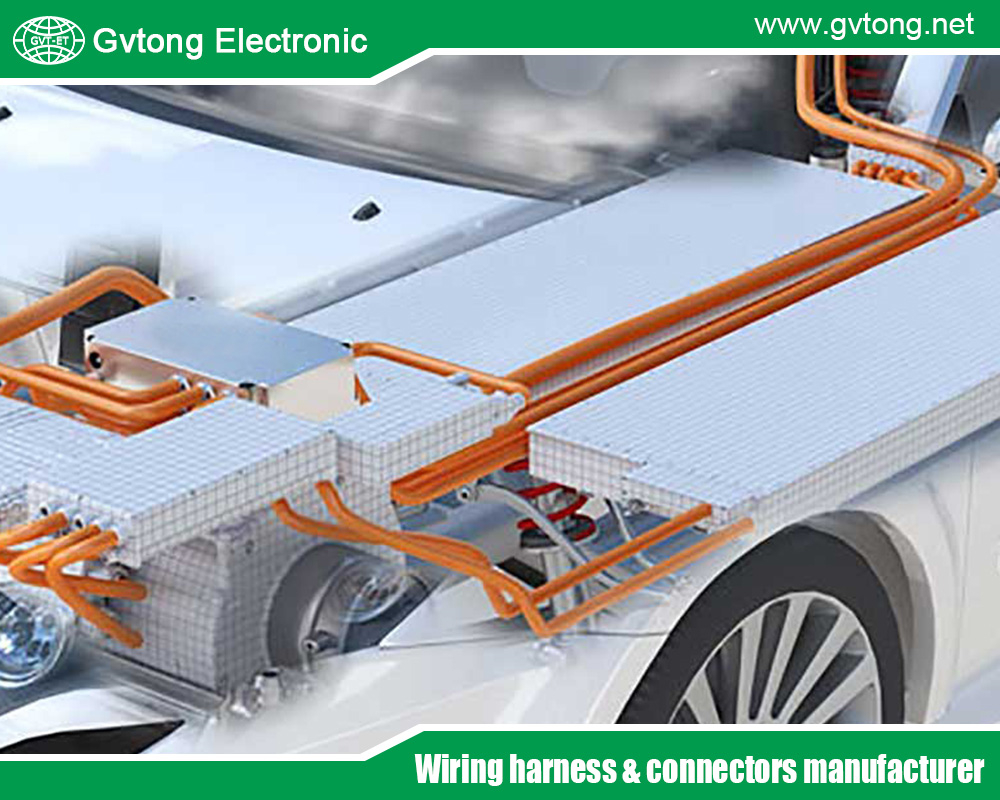
Defining Automotive High Current Connectors
Automotive high current connectors are specialized interfaces that facilitate power transmission in electrified vehicles, distinct from low-current types used for data or control signals. These connectors typically feature multiple contacts, shielding for electromagnetic compatibility (EMC), and sealing to IP67 or higher ratings to protect against ingress. Materials such as polyamide or PBT housings with copper terminals ensure durability, while features like high-voltage interlocks (HVIL) prevent arcing during disconnection.
In BEVs, high current connectors link components like the battery pack, inverter, and electric motor, handling currents that enable rapid energy transfer. For charging, they interface with external infrastructure, supporting AC or DC modes. The “high current” designation generally applies to ratings above 100A, as lower values fall under standard automotive connectors. Manufacturers like TE Connectivity, Amphenol, and Rosenberger offer series tailored for these applications, with designs incorporating cooling mechanisms—air, liquid, or passive—to manage heat from Joule effects.
Standards play a pivotal role: SAE J1772 for AC charging specifies currents up to 80A for Level 2, while CCS (Combined Charging System) for DC extends to 500A. For heavy-duty, the MCS standard pushes boundaries to 3000A. These connectors must undergo rigorous testing, including thermal cycling, vibration, and current overload, to qualify for automotive use, ensuring they meet the demands of diverse vehicle architectures.
Typical Range of Rated Current
The typical rated current range for automotive high current connectors is broad, generally from 100A to 3000A, reflecting the spectrum of power requirements in modern EVs. At the lower end, 100-250A ratings are common for onboard power distribution in passenger vehicles, such as connecting the battery to the drive unit. For example, TE Connectivity’s M175 series is rated at 175A, suitable for mid-power applications in 400V systems. Mid-range ratings of 250-600A cater to fast-charging scenarios and higher-power motors. Connectors like Rosenberger’s HVRB26 series handle up to 600A at 800V DC, ideal for direct battery connections in commercial EVs. This range supports power levels up to 350kW, common in public DC fast chargers, where current = power / voltage; thus, at 800V, 437A suffices for 350kW.At the upper end, 600-3000A ratings emerge for megawatt charging in heavy-duty applications. The MCS, designed for trucks and buses, is rated up to 3000A at 1250V, enabling 3.75MW power delivery to recharge large batteries in under 30 minutes. Stäubli’s MCS implementation supports 3000A, significantly reducing downtime for commercial fleets. These ranges are determined through standards like USCAR-2, which limits temperature rise to 30-50K under load. Wire cross-sections correlate: 16mm² for ~100A, up to 120mm² for 500A+. Derating factors—typically 20%—account for ambient conditions, ensuring safe operation. In practice, manufacturers test for continuous and peak currents, with peaks (e.g., 8800A inrush) managed via protective circuits.
Industry trends show a push toward higher ratings: with 800V architectures becoming standard, currents can decrease for the same power, but heavy-duty needs drive extremes. For auxiliary systems, ratings dip to 20-100A, but true high current starts at 100A+. Overall, the 100-3000A range balances efficiency, cost, and safety across EV ecosystems.
Factors Influencing Rated Current Selection
Selecting the rated current for automotive high current connectors involves multiple factors, including system voltage, power demand, thermal management, and environmental conditions. Voltage plays a key role: higher voltages (e.g., 800V vs. 400V) allow lower currents for equivalent power, reducing connector size and cost. For a 350kW charger, 800V requires ~437A, versus ~875A at 400V, influencing material choices.
Power demand dictates the baseline: passenger BEVs need 100-500A for 150-350kW charging, while heavy-duty vehicles require 1000A+ for megawatt levels to support 500+kWh batteries. Thermal considerations are critical; connectors must limit temperature rise, often using liquid cooling for >500A ratings to dissipate heat.
Environmental factors like altitude (reducing air cooling efficiency) and pollution degree necessitate derating. Standards mandate testing under worst-case scenarios, such as vibration per ISO 16750, ensuring stability.
Cost and scalability also factor in: modular designs allow adjustable ratings, while EMC shielding adds complexity for high currents. Ultimately, selection aligns with vehicle duty cycles—frequent fast charging demands higher ratings with robust mating cycles (>100).
Differences in Rated Current Selection Requirements Between Vehicle Types
Rated current selection requirements differ markedly between battery electric passenger cars and heavy-duty commercial vehicles, driven by disparities in battery size, operational needs, and infrastructure.
For passenger BEVs, rated currents typically range from 100-500A, focusing on consumer convenience and compact designs. DC fast charging via CCS connectors supports 200-500A at 400-800V, enabling 10-80% charge in 20-40 minutes for 60-100kWh batteries. Selection emphasizes efficiency and safety for urban use, with derating for thermal limits in hot climates. Standards like SAE J1772 limit Level 2 to 80A, but DC prioritizes 250-350A to balance grid load and battery health. Examples include Tesla’s V3 Supercharger at 250A, optimizing for frequent, short sessions without excessive heat.
In contrast, heavy-duty commercial vehicles like electric trucks and buses require 500-3000A ratings to handle 500-1000kWh batteries and minimize downtime. The MCS standard targets 2000-3000A at 1250V for 1-3.75MW charging, allowing 20-80% recharge in 30-45 minutes during rest stops. Selection requirements prioritize durability for high-duty cycles (e.g., 1000+ km/day), with liquid cooling mandatory to manage heat from high currents. Infrastructure differences amplify this: passenger cars use widespread 150-350kW stations, while heavy-duty demands depot-based megawatt hubs. Key differences include scalability—passenger focuses on cost-effective 100-500A for mass production, heavy-duty on 1000A+ for fleet efficiency—and safety: higher currents in heavy-duty necessitate advanced HVIL and grounding. Regulatory variances, like UNECE for passenger vs. FMVSS for commercial, further diverge requirements, with heavy-duty emphasizing EMC for integrated systems.
Examples and Standards
Examples illustrate these ranges: TE’s M250 at 250A for passenger, Aptiv’s AXOS at 500A for mid-range, and Kempower’s MCS at 1500A for heavy-duty. Standards like SAE J3299 for MCS ensure interoperability, while ISO 17409 governs testing.
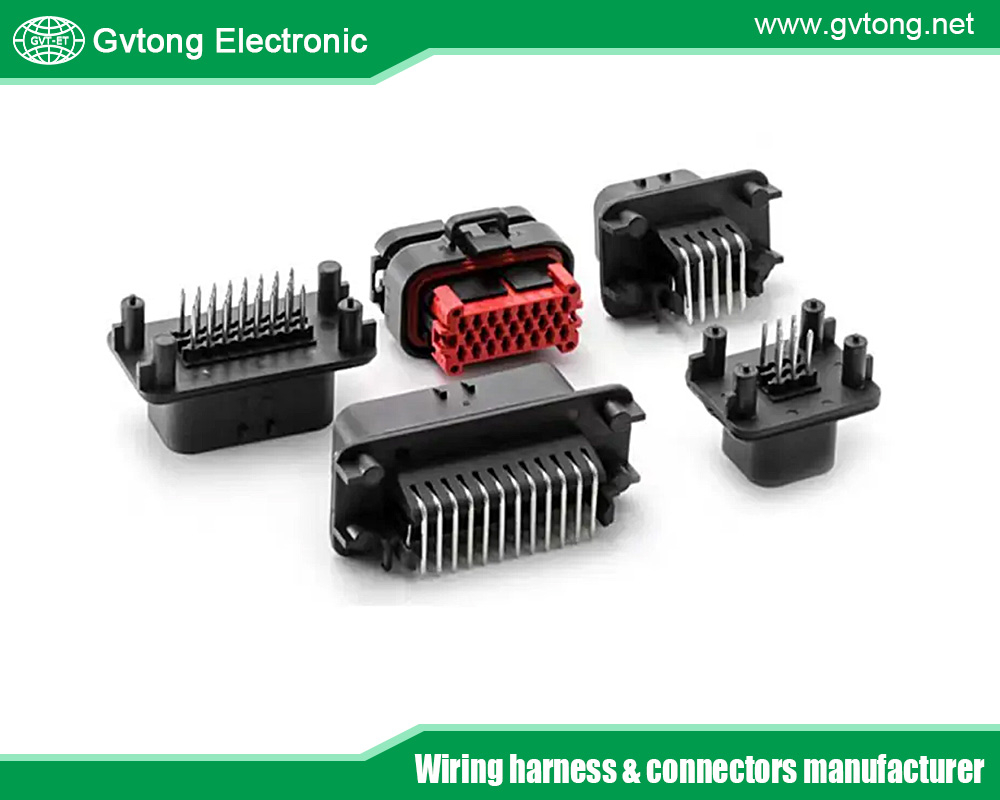
Conclusion
The typical rated current range for automotive high current connectors is 100-3000A, with passenger BEVs favoring 100-500A for efficient charging and heavy-duty vehicles requiring 500-3000A for rapid, high-power operations. These differences stem from battery scales, duty cycles, and infrastructure, guiding selections toward optimized, safe designs. As electrification advances, evolving standards will refine these ranges, fostering broader EV adoption.
For more about what is the typical range of rated current for automotive high current connectors, you can pay a visit to Gvtong at https://www.gvtong.net/ for more info.
Recent Posts
The Best GR Series-Circular Connectors Manufacturer
The Best GD Series Combined Power Connector Manufacturer
A Guide to Selecting the Best GH Series Plastic Connector Manufacturer
How High Pressure Connectors Work?
The Best Automotive Connector Companies
Tags
Recommended Products
-
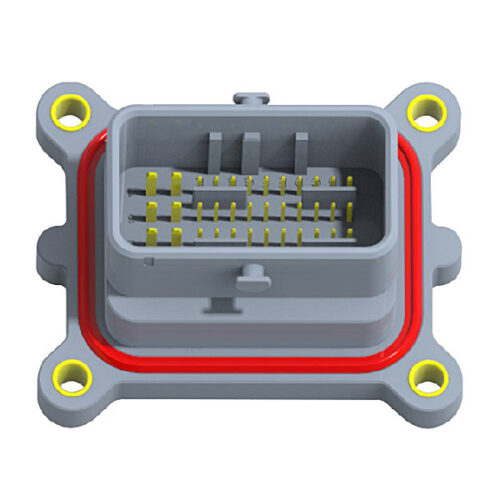
GE Series-48-core Low Voltage Connector-Socket+Plug
-
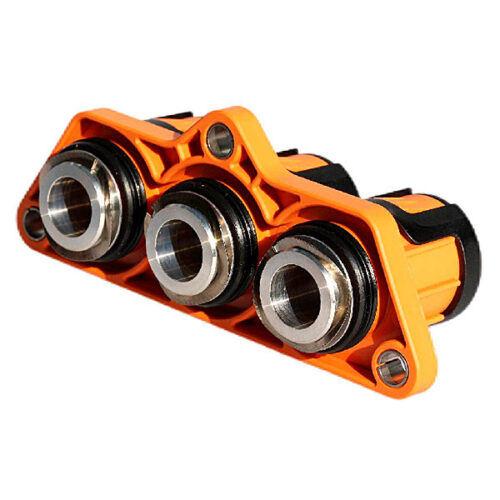
GIPT 3-core wiring connector
-
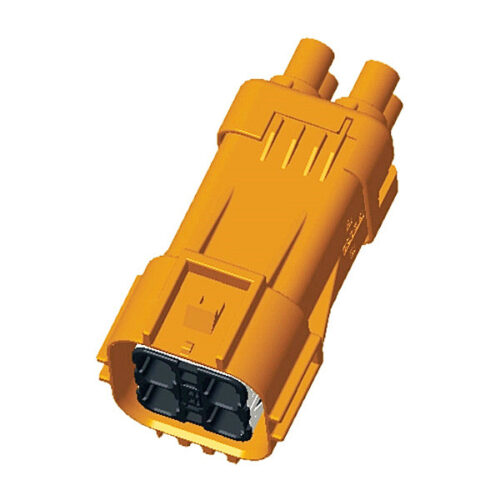
High voltage connector-GH630 series-4P
-
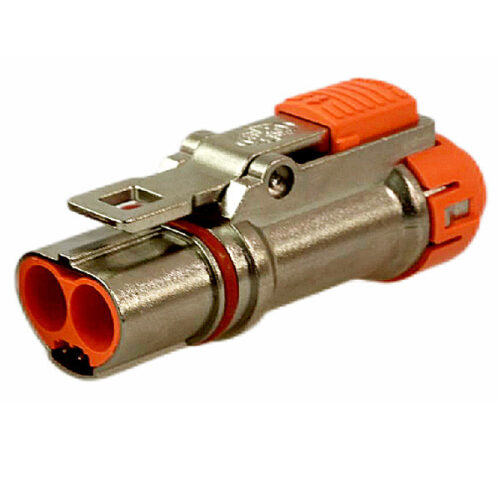
GM Series-3.6mm-2-core Metal Connector
-
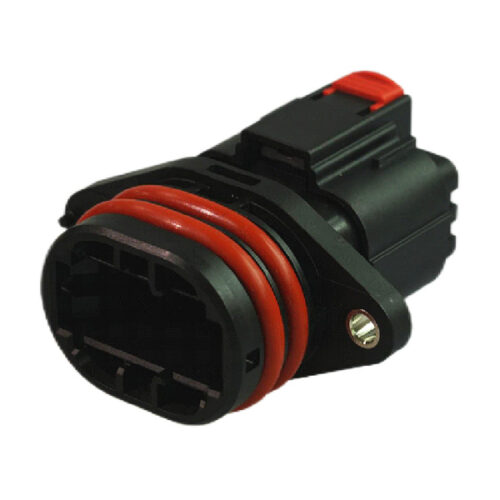
GE Series-12-core cylinder connector
-
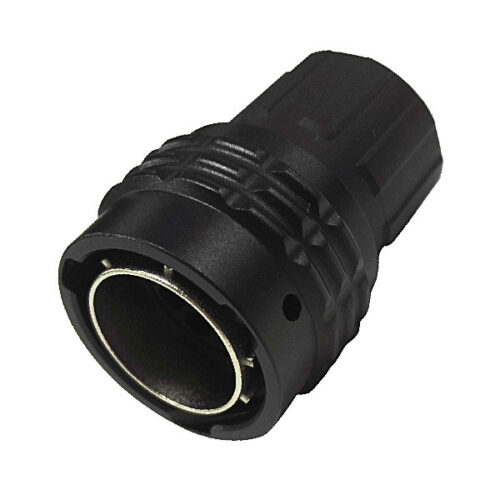
GR Series-8-core 12# circular signal connector
-
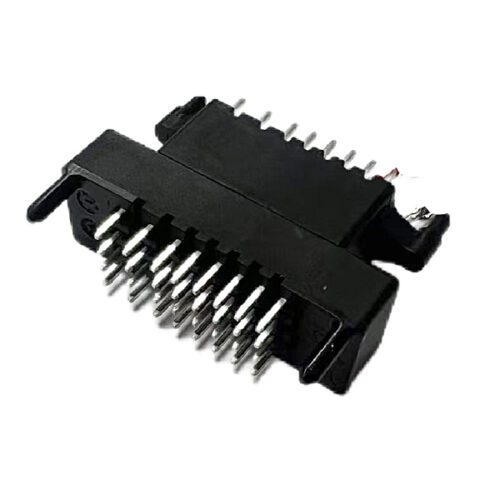
GE Series-32pin signal connector
-
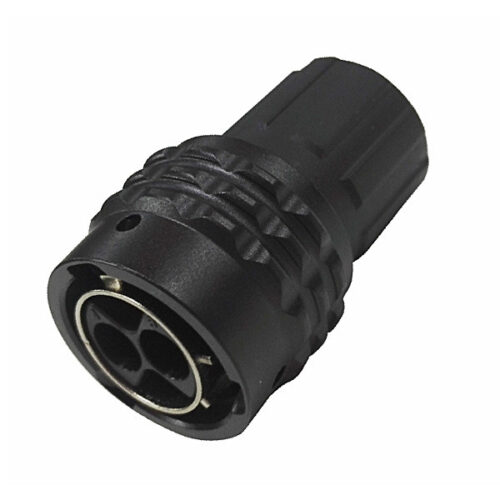
GR Series-2-core 12# circular signal connector
